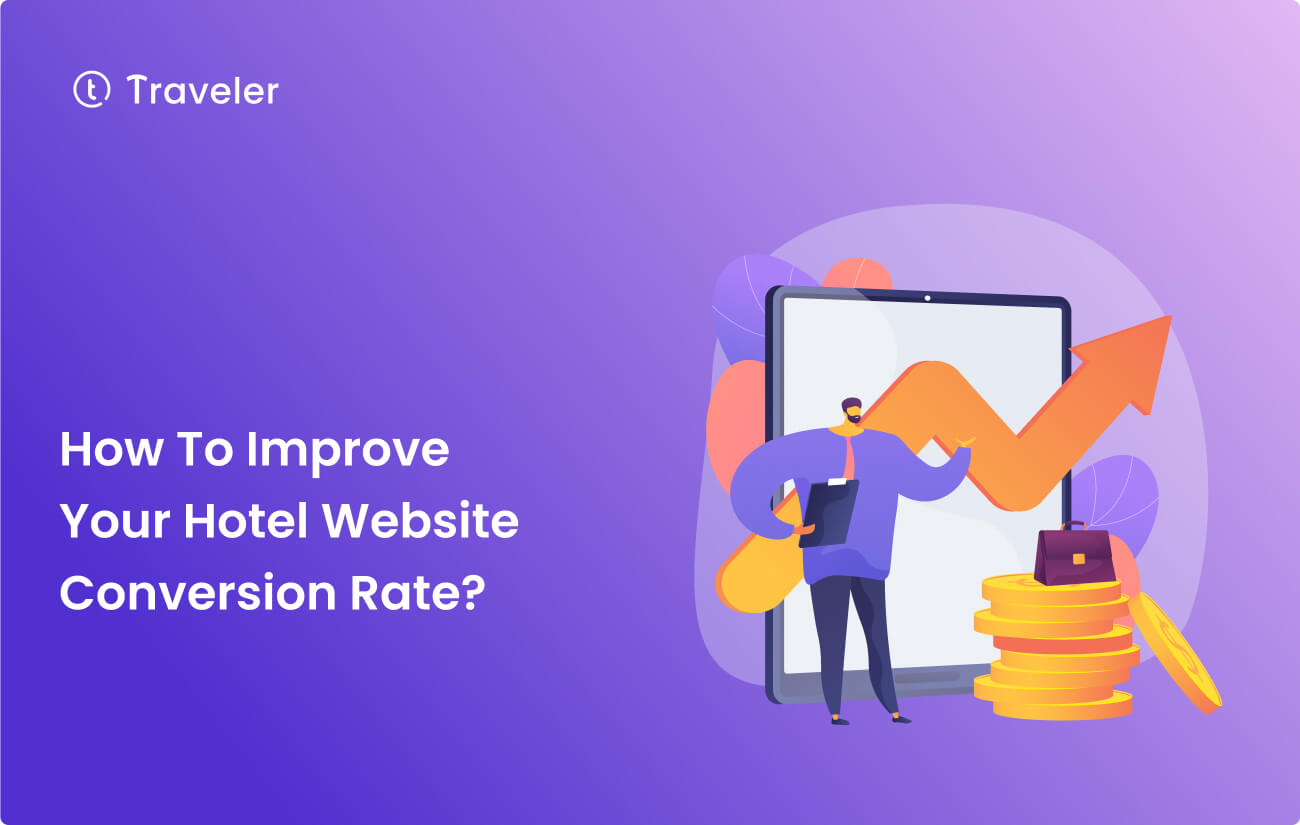
Table of Contents
More than a website is needed for businesses to succeed digitally. They need to optimize their website’s conversion rate to convert visitors into customers effectively.
With intelligent conversion rate optimization (CRO) strategies, you can involve understanding customer needs and preferences, creating a user-friendly website experience, and refining marketing tactics to maximize return on investment.
How to improve your hotel website conversion rate to achieve these goals successfully? The detailed answer will be unlocked right now!
What is a Hotel Website Conversion Rate?
The conversion rate is a measurement used in the digital world to indicate how many individuals completed a specific desired action as a percentage of the total number of people interacting.
Regarding hotel websites, a conversion generally means a customer progresses further in the booking process or sales funnel. It could include a visitor’s actions, such as clicking on a link, signing up for a newsletter, downloading a digital asset, completing a form, adding items to their cart, or ultimately making a reservation.
Formula
Conversion rate = (Number of conversions / Number of website visitors) x 100
Example: If out of 1,000 website visitors but only 50 complete a booking, you can calculate the conversion rate = (50 conversions / 1,000 website visitors) x 100 = 5%

Have you ever asked what is the average hotel website conversion rate? According to Industry benchmarks, the average conversion rate ranges from 1% to 3%
Example: A hotel in a competitive market achieving a 2.5% conversion rate is considered above average. It may indicate that the hotel is performing well in converting website visitors into customers.
Common Reasons Hotel Websites Miss Out on Conversions
Hotel websites need help converting visitors into bookings for various reasons. By identifying and addressing these issues, hotels can improve their conversion rates. Let’s look closely at some common reasons hotel websites miss out on conversions.
Poor website design and user experience
Poor website design and user experience can significantly impact a hotel’s ability to convert website visitors into bookings.
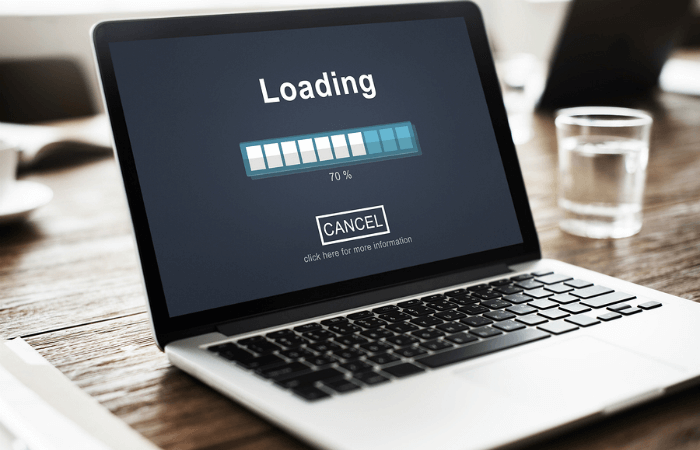
- Slow loading speed: A website that loads slowly can frustrate visitors and lead to them leaving the site before they book anything. Studies of Kissmetrics show that 47% of consumers anticipate a webpage to load in 2 seconds or less, and 40% will abandon a website that takes more than 3 seconds to load. Even a one-second delay in loading time can lead to a 7% reduction in conversions.
- Cluttered or confusing layout: It can be challenging for visitors to locate the necessary information or complete a booking. Such a scenario can lead to missed opportunities for conversions since visitors may get irritated and exit the website without making a reservation.
- Difficult navigation and booking process: A convoluted or unclear booking process can significantly impede conversion. If the booking process is not user-friendly, visitors may have difficulty comprehending the steps required to make a reservation, causing frustration and abandonment.
Lack of compelling content and visuals
Everyone needs a clean and beautiful hotel when traveling. However, it may not attract potential guests without compelling content and visually appealing features.
When potential guests contemplate booking a room, they desire a comprehensive understanding of what they can anticipate during their stay through descriptions and photos.
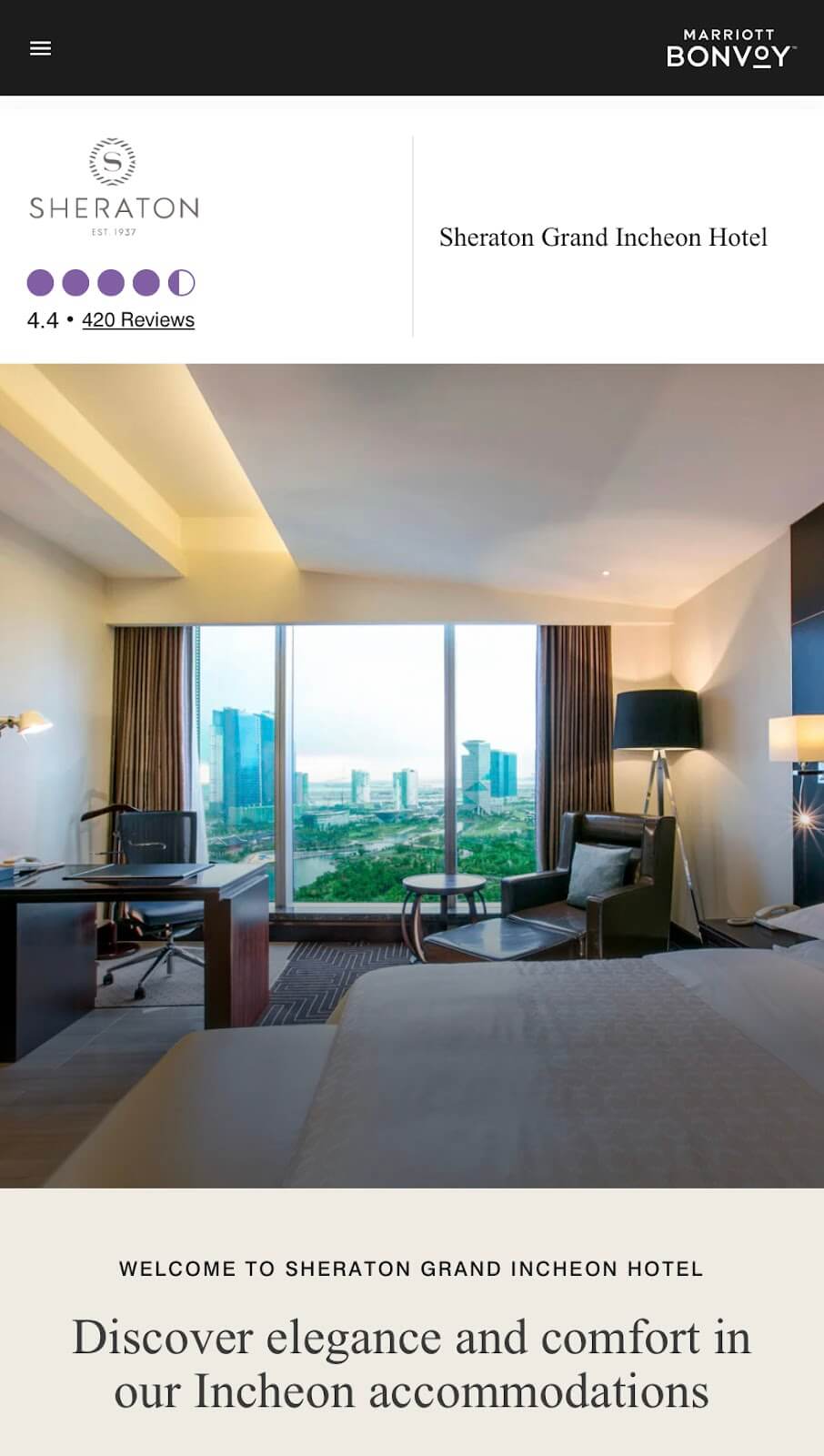
If the hotel doesn’t provide detailed descriptions and clear or high-quality photos of the rooms with amenities, visitors may not have enough information to make an informed decision. Some information should be provided:
- Room size and layout: Size and layout of the room, including the square footage and the number of beds.
- Bed size and type: Size and type of bed(s) in the room, such as king, queen, or twin.
- View: If the room has a view, describe what visitors can expect to see from their window.
- Amenities: Air conditioning, Wi-Fi, television, minibar, etc.
- Bathroom: Including whether it has a shower or bathtub, and any additional amenities such as toiletries or a hairdryer.
Experience the ultimate stay with our enhanced WordPress hotel premium theme by TravelerWP. Elevate your booking process with captivating room descriptions and stunning amenity photos. Upgrade your guests’ expectations – Get started now!
Having guest reviews and testimonials on a hotel website is crucial in building trust with potential customers. If a hotel lacks these, visitors may doubt its credibility and feel unsure about reserving a place to stay.
![How to Improve Your Hotel Website Conversion Rate Image 5]](https://travelerwp.com/wp-content/uploads/2023/08/How-to-Improve-Your-Hotel-Website-Conversion-Rate-Image-5.jpeg)
As many travelers compare various hotels before making a reservation, a hotel without guest reviews or testimonials may be at a disadvantage compared to its competitors who have them
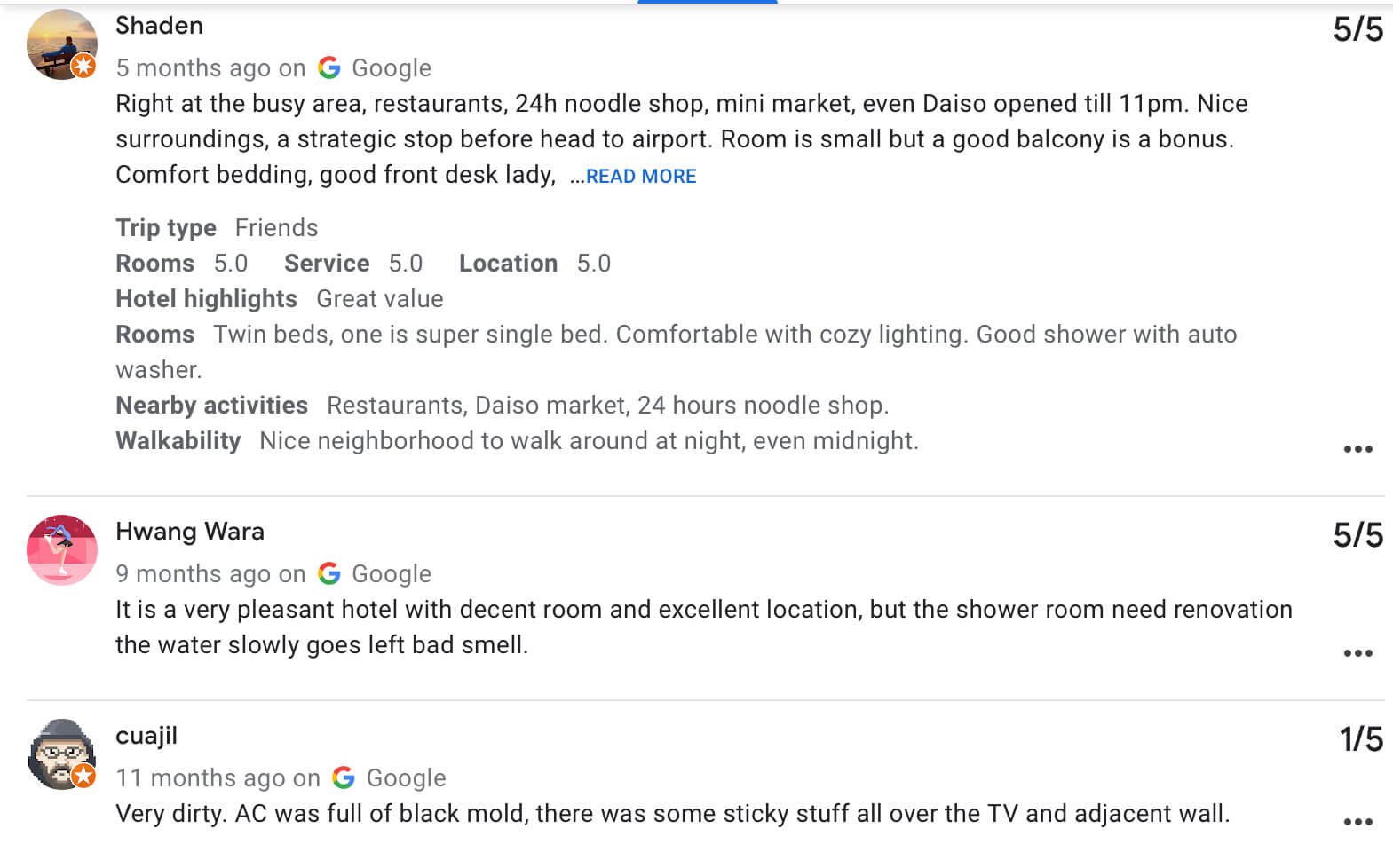
Ineffective call-to-action (CTA) buttons
Encouraging visitors to take a specific action, like making a reservation or subscribing to a newsletter, is known as a call-to-action (CTA). If the CTAs on a hotel website are ineffective, visitors may not be motivated to take action, resulting in missed conversions.
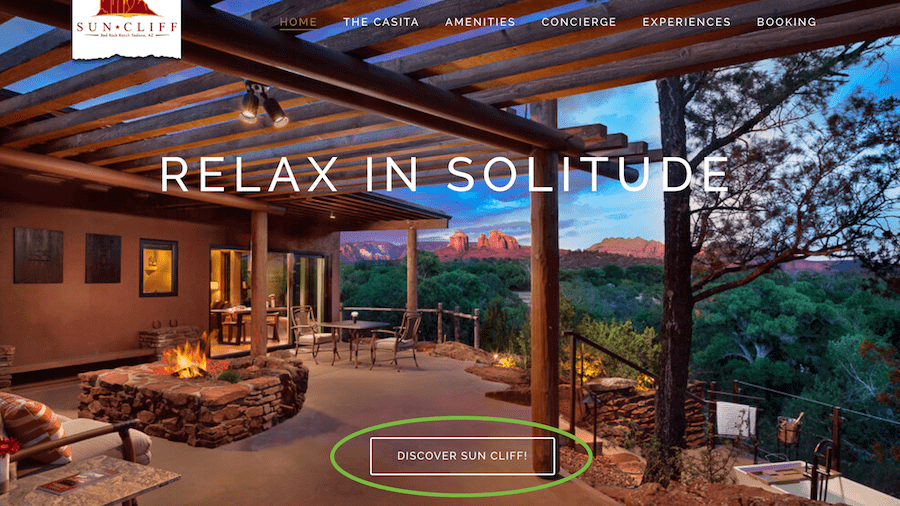
- Unclear or generic CTAs: The CTAs on a hotel website are unclear or generic, leading visitors not to understand what action they are being prompted to take.
For example, a CTA that says “Click Here” does not provide any context or information about what will happen when the visitor clicks the button. Hotel websites should aim to use clear and specific CTAs that entice visitors to take action. - Lack of prominent and persuasive CTAs: If the CTAs on a hotel website are not prominently displayed or persuasive, visitors may not be enticed to take action..
Limited trust and credibility indicators
Secure payment badges and trust seals are essential indicators of trust and credibility for hotel websites. These badges and seals help to reassure visitors that their personal and financial information will be protected when they make a reservation.
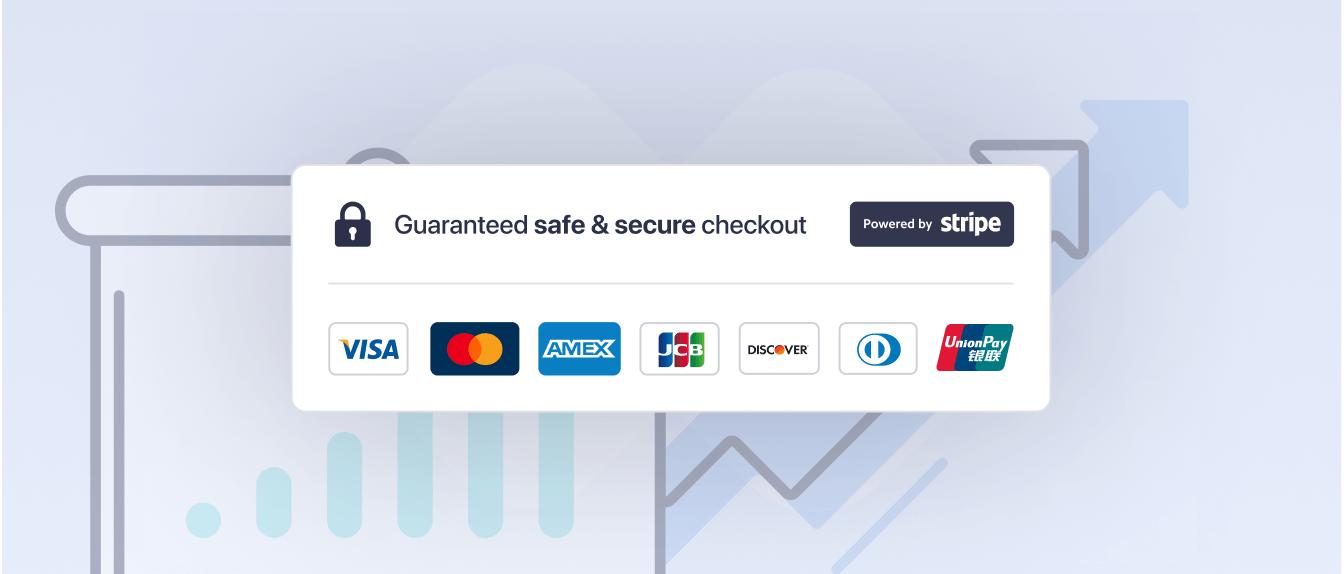
Well-known payment providers or reputable organizations typically provide them and indicate that the website has met specific security standards.
However, if visitors do not see any secure payment badges or trust seals on the hotel’s website, they may question the security of the website. They may be considered to provide their personal and financial information.
Social proof is a psychological phenomenon where people imitate other people’s behavior when deciding how to act in a particular circumstance. Awards or affiliations that show the hotel’s dedication to excellence and quality can serve as social proof in the hotel industry.
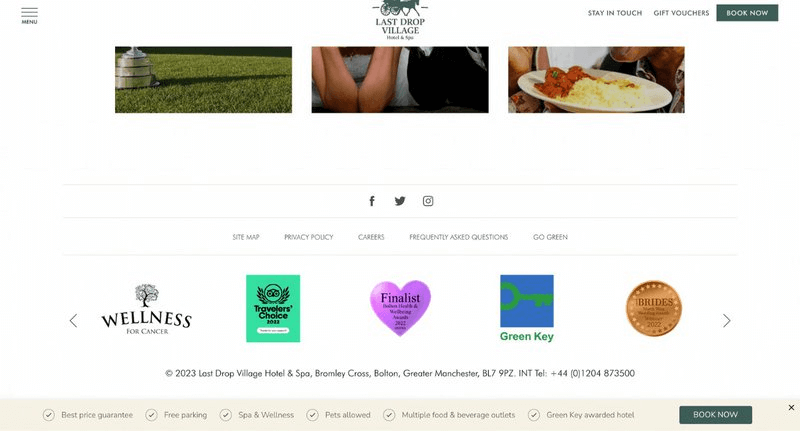
If a hotel has received recognition for its amenities, services, or sustainability efforts, this can be a powerful sign of its dedication to giving guests a top-notch experience.
The absence of social proof, including awards or affiliations, can harm a hotel’s conversion rate.
Practical Tips to Improve Your Hotel Website Conversion Rate
Let’s go into the detail of helpful tips for improving your hotel website’s conversion rate, including enhancing website design and user experience, creating persuasive and engaging content, using compelling call-to-action (CTA) buttons, etc.
Enhance website design and user experience
The first step to enhance the website and user experience by optimizing loading speed & mobile responsiveness and simplify navigation and streamline the booking process
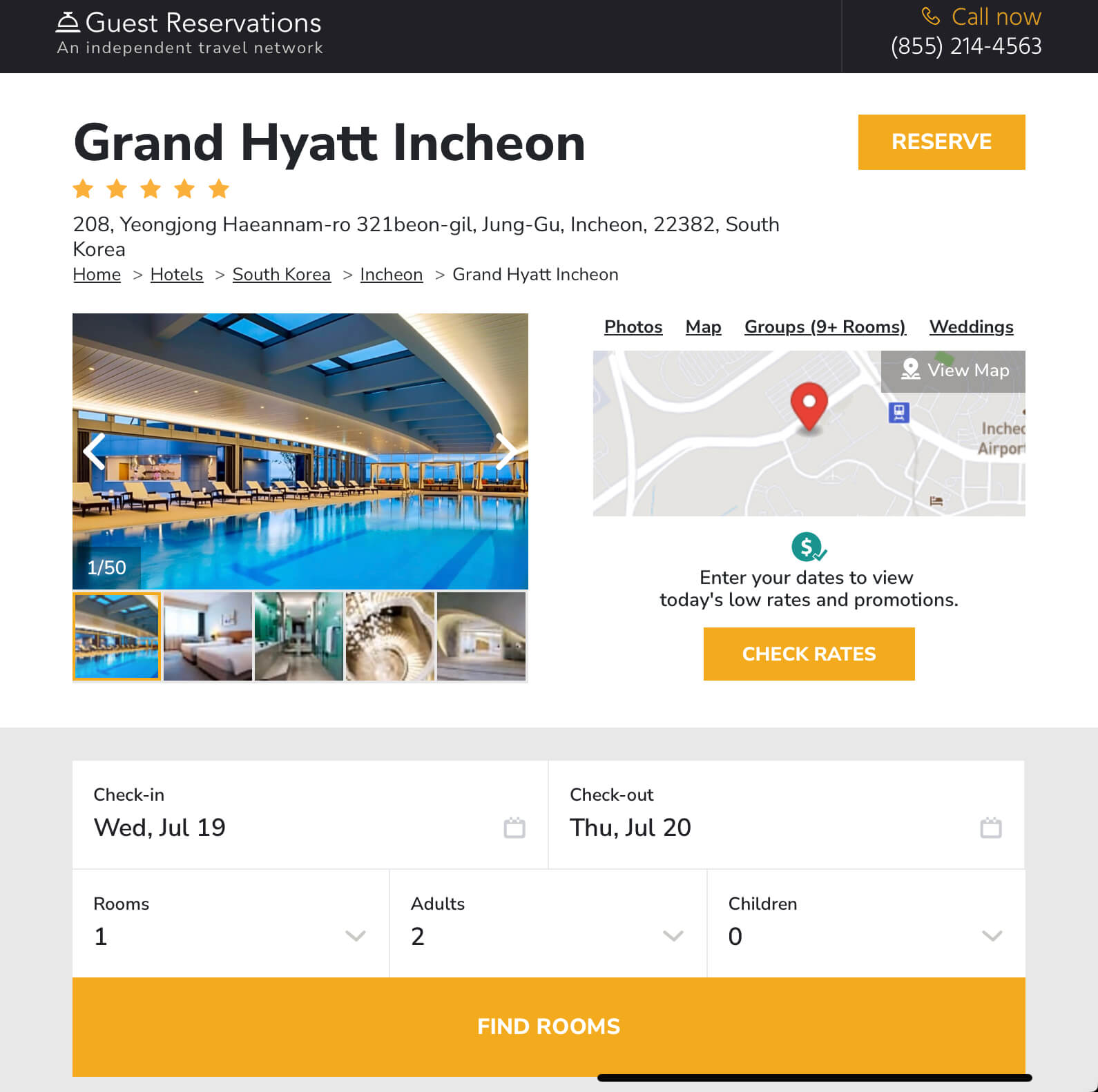
To simplify navigation, you can use:
- Clear and descriptive labels for your menu items
- Organize your content into logical categories
- Provide a search function to help visitors find what they’re looking for.
- Use breadcrumbs to keep track of location and quickly navigate to previous pages.
- Use high-quality images and videos
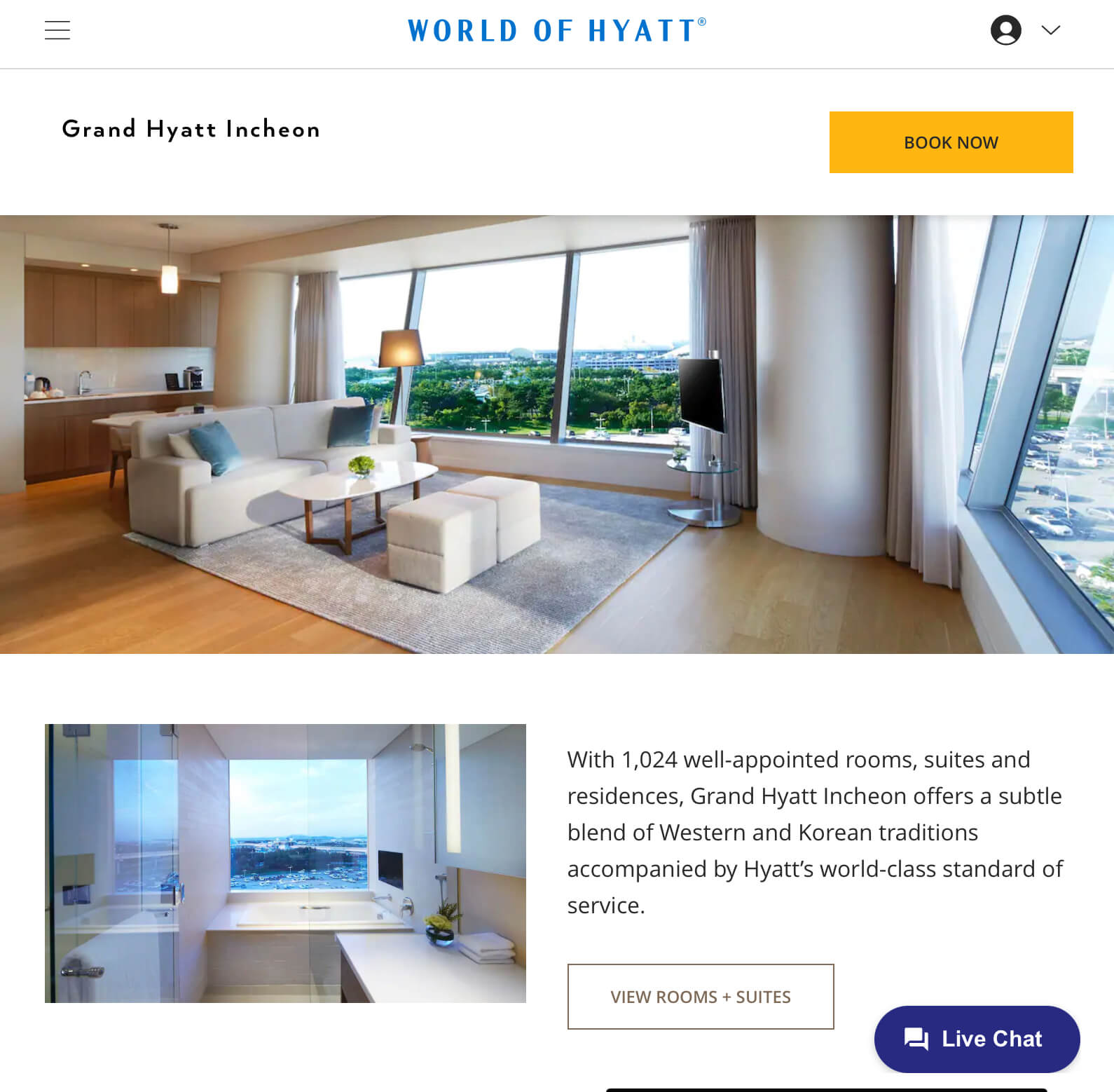
To streamline the booking process, provide:
- Straightforward booking form
- Pre-fill information where possible
- Clear instructions and feedback to guide visitors through each step
- Use progress indicators to show visitors how far along they are in the booking process and what steps remain.
Create persuasive and engaging content
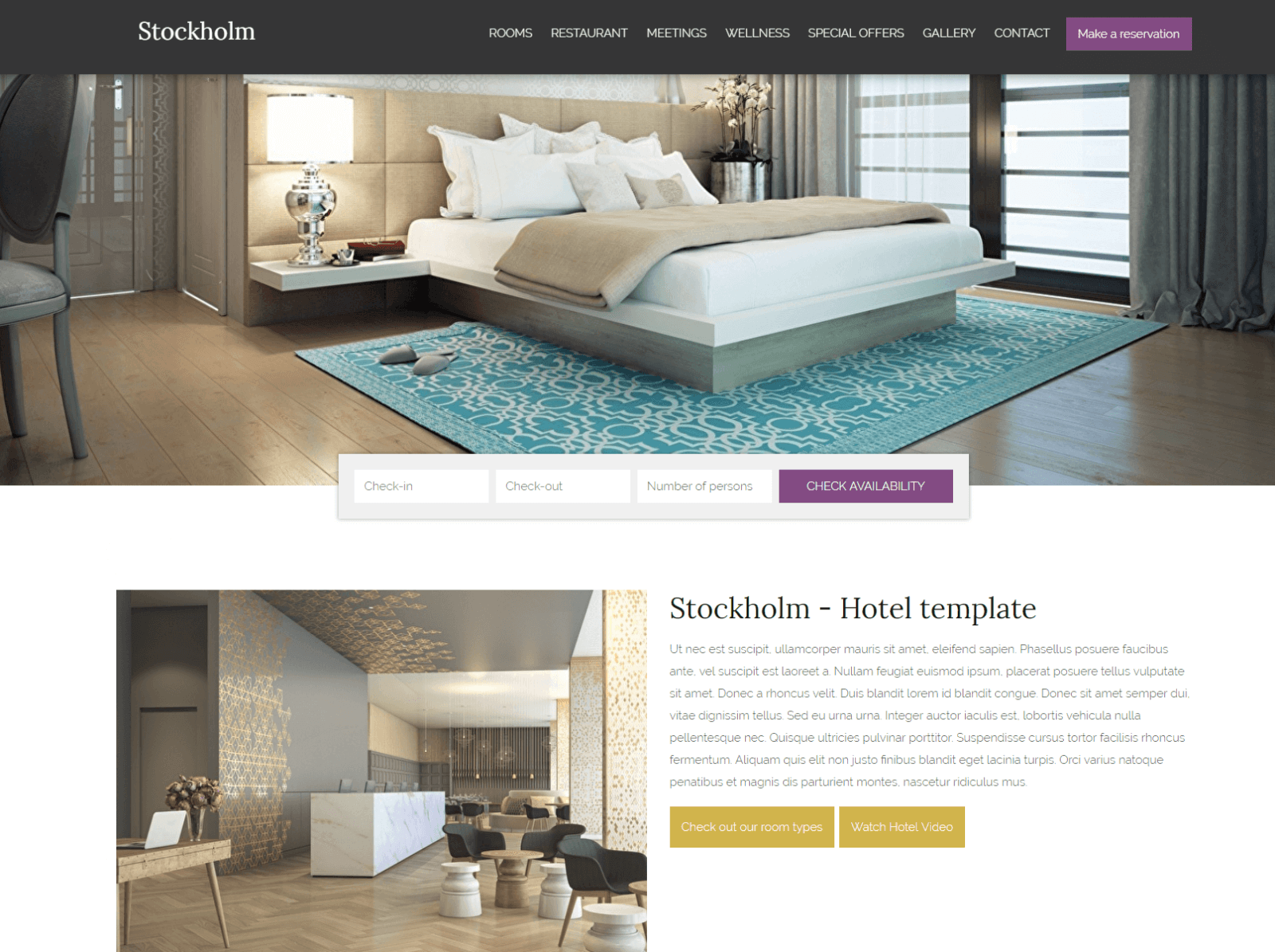
- Use clear and concise language: Your explanations should be clear and concise so that visitors can easily understand what they are getting.
- Use keywords: Relevant keywords support visitors can find your hotel when they are searching online.
- Be accurate
- Use high-quality visuals: Potential customers can get a good sense of what the rooms and amenities look like.
- Take photos from different angles: Visitors can see the rooms and amenities from different perspectives.
- Include photos of the surrounding area
- Get permission from guests: Before you post guest reviews and testimonials on your website, make sure to get permission from the guests.
- Include a variety of reviews: Include a variety of reviews from different guests so that visitors can get a well-rounded view of your hotel.
- Highlight positive reviews
- Respond to negative reviews: If you receive negative reviews, be sure to respond to them professionally and respectfully.
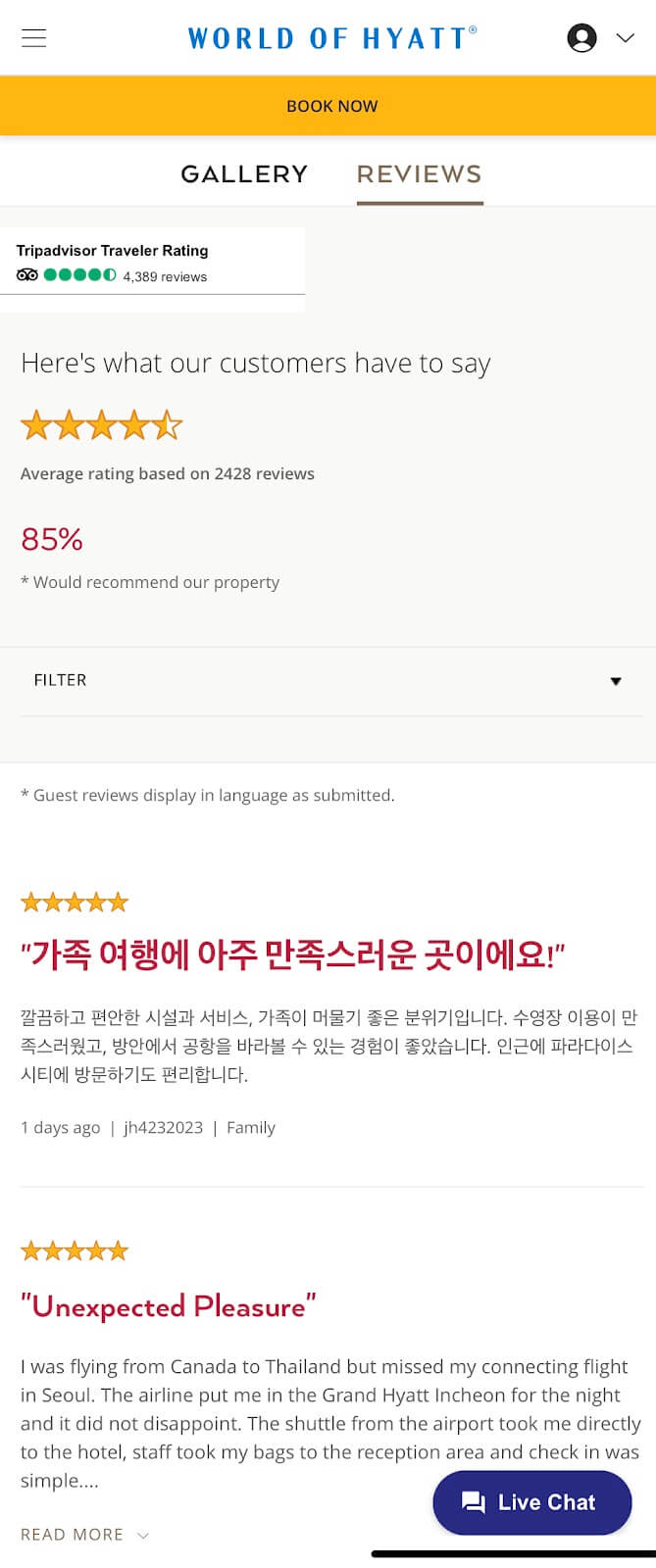
Implement effective CTAs
When coming up with the CTAs for your hotel website, you need to use strong verbs and a sense of urgency. Make your CTAs more persuasive and can help to motivate visitors to take action.
For example, instead of saying, “Book your room now,” you could say
“Book your room today!”
“Limited availability! Book your room today.”
“Book your room for your upcoming vacation.”
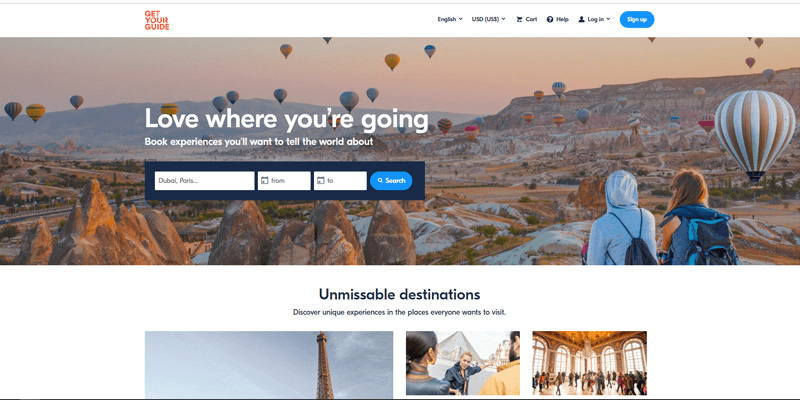
Additionally, placing prominent CTAs throughout the website is also essential. Put them throughout the website, including on landing pages and room descriptions. As your website changes, your CTAs may need to change as well. Let’s update your CTAs regularly to keep them relevant and effective.
Establish trust and credibility
Display secure payment badges & trust seals and showcasing awards, certifications, and positive media coverage are basic steps to establish trust and credibility. But where to provide these certificates?

You need a well-known and respected third-party organization. Several organizations offer this type of certification, such as the Better Business Bureau, TrustArc Trust Seal Program, SiteLock, Sucuri, etc.
Conclusion
A high conversion rate indicates that the website successfully attracts and retains customers. In contrast, a low conversion rate suggests that there may be room for improvement.
By following the tips provided above, such as optimizing your website content and design, using high-quality images and videos, offering special deals and promotions, providing clear and concise information about your hotel and its amenities, and making the booking process as easy and seamless as possible, you can improve your hotel website’s conversion rate and attract more customers.
